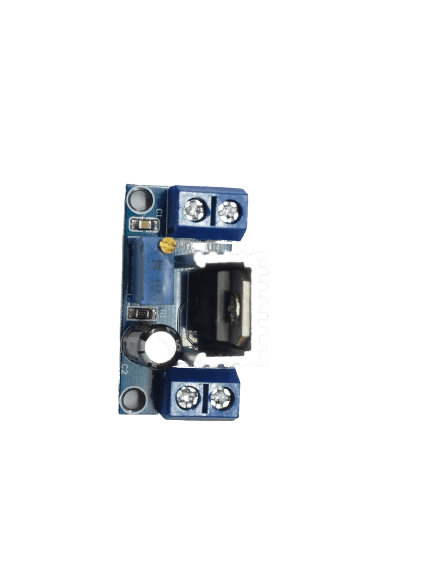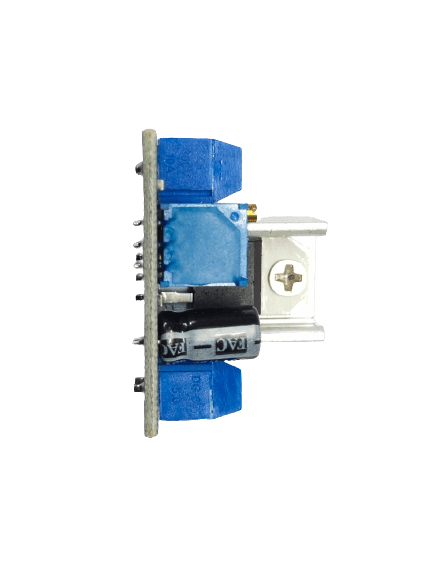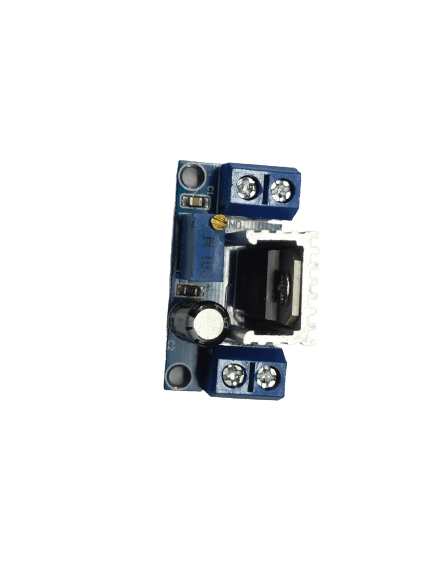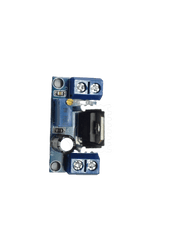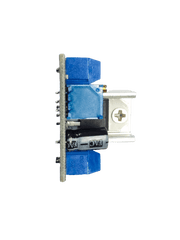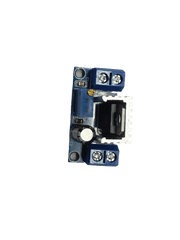1. What is DC to DC converter using LM317?
An electronic circuit known as a DC to DC converter utilizing the LM317 regulates a DC source voltage by converting it from a higher level to a lower level. The LM317 is a versatile 3-terminal positive voltage regulator that is frequently utilized for voltage regulation in DC circuits. This component goes by various names, including buck converter, step-down power supply, and DC-DC linear regulator. The LM317 DC-DC converter holds significance in certain portable electronic gadgets like cell phones and laptops, which mainly rely on battery power. Additionally, it is possible to construct an adjustable DC power supply circuit using the LM317.
2. What is LM317 used for?
The LM317 is a versatile voltage regulator that is adjustable and linear in nature, and it finds use in numerous applications such as local and on-card regulation, programmable output regulation, and precise current regulation. With an output-voltage range of 1.25 V to 37 V, it is capable of delivering over 1.5 A of power. Apart from its primary function as a voltage regulator, the LM317 can also be employed to design other circuits such as adjustable regulator circuits, circuits that limit current with precision, and pre-regulator circuits that track the input voltage.
3. Why is LM317 used in power supply?
The LM317 is a highly versatile component that enables quick, cost-effective, and efficient creation of variable voltage power supplies. This adjustable 3-terminal positive voltage regulator can generate various DC voltage outputs, in contrast to fixed voltage power supplies. Acting as a valve that permits current flow in one direction while restricting it in another, the LM317 serves as a voltage regulator. This feature makes it a popular choice for power supply circuits, as it delivers a steady output voltage, regardless of fluctuations in the input voltage or load current.



